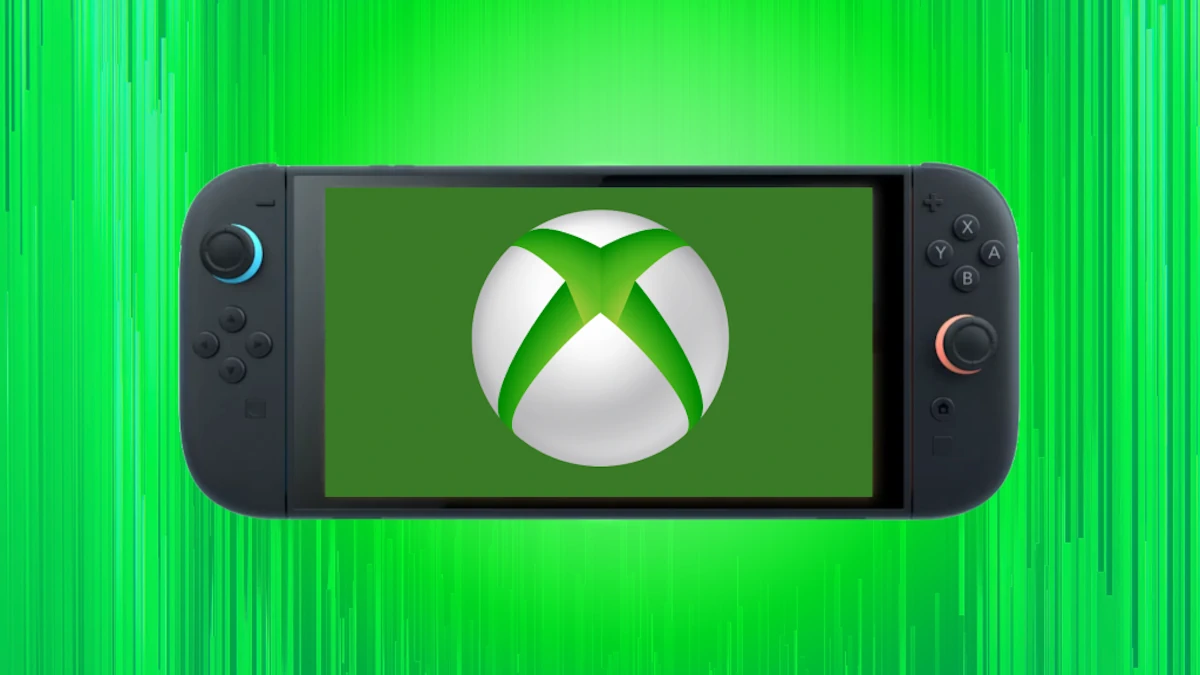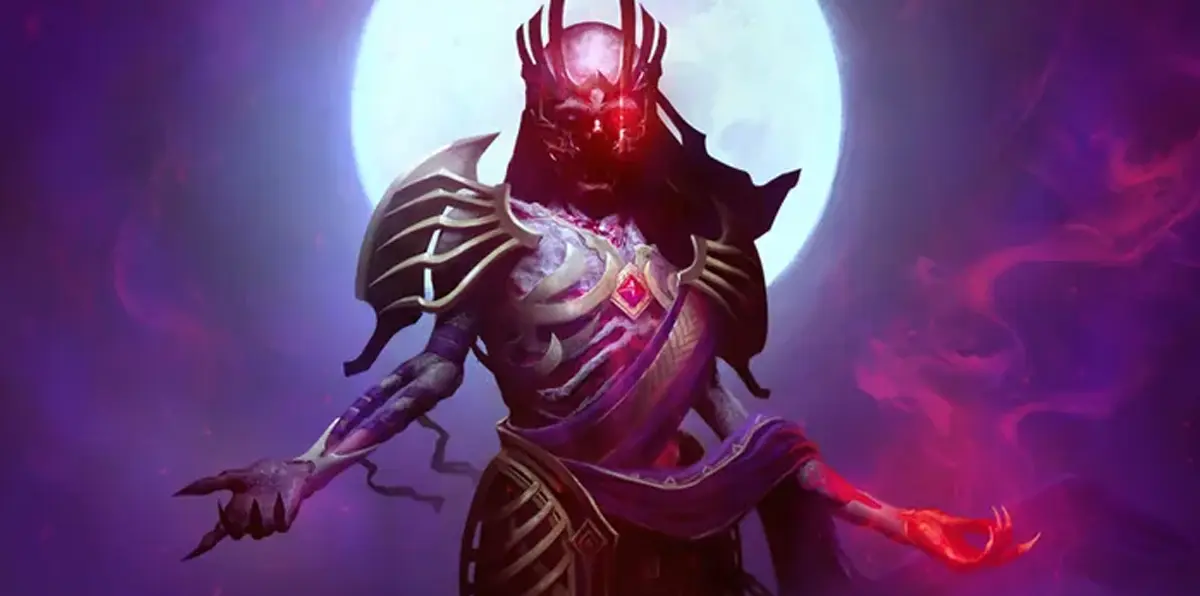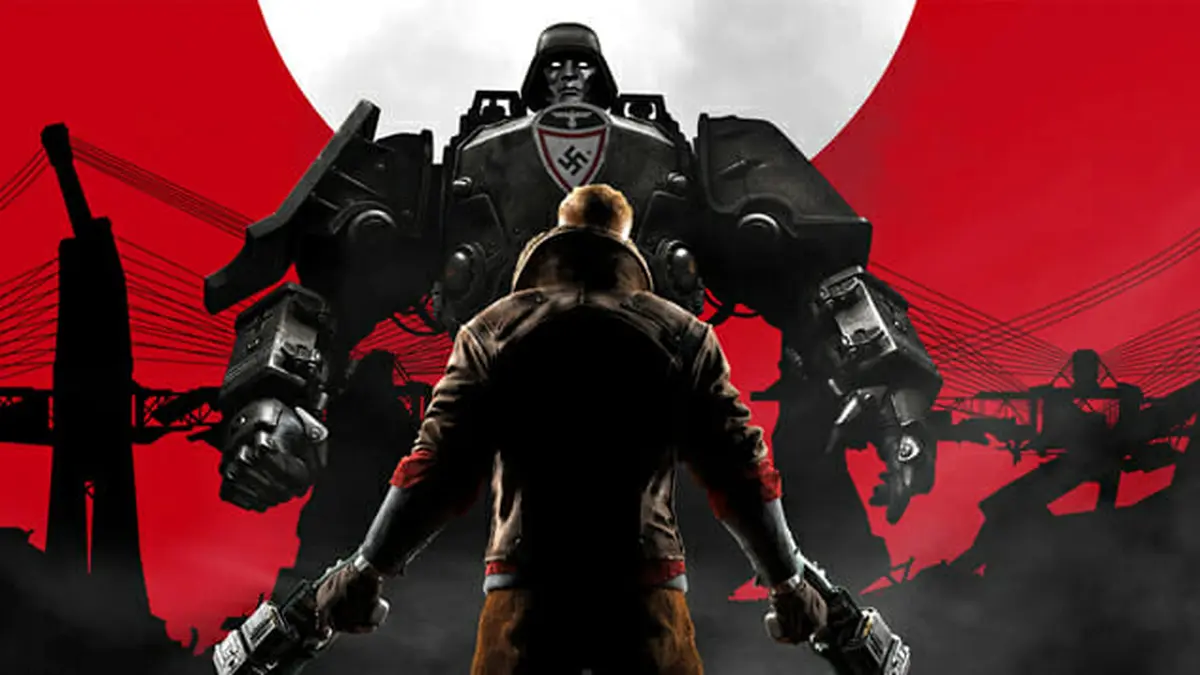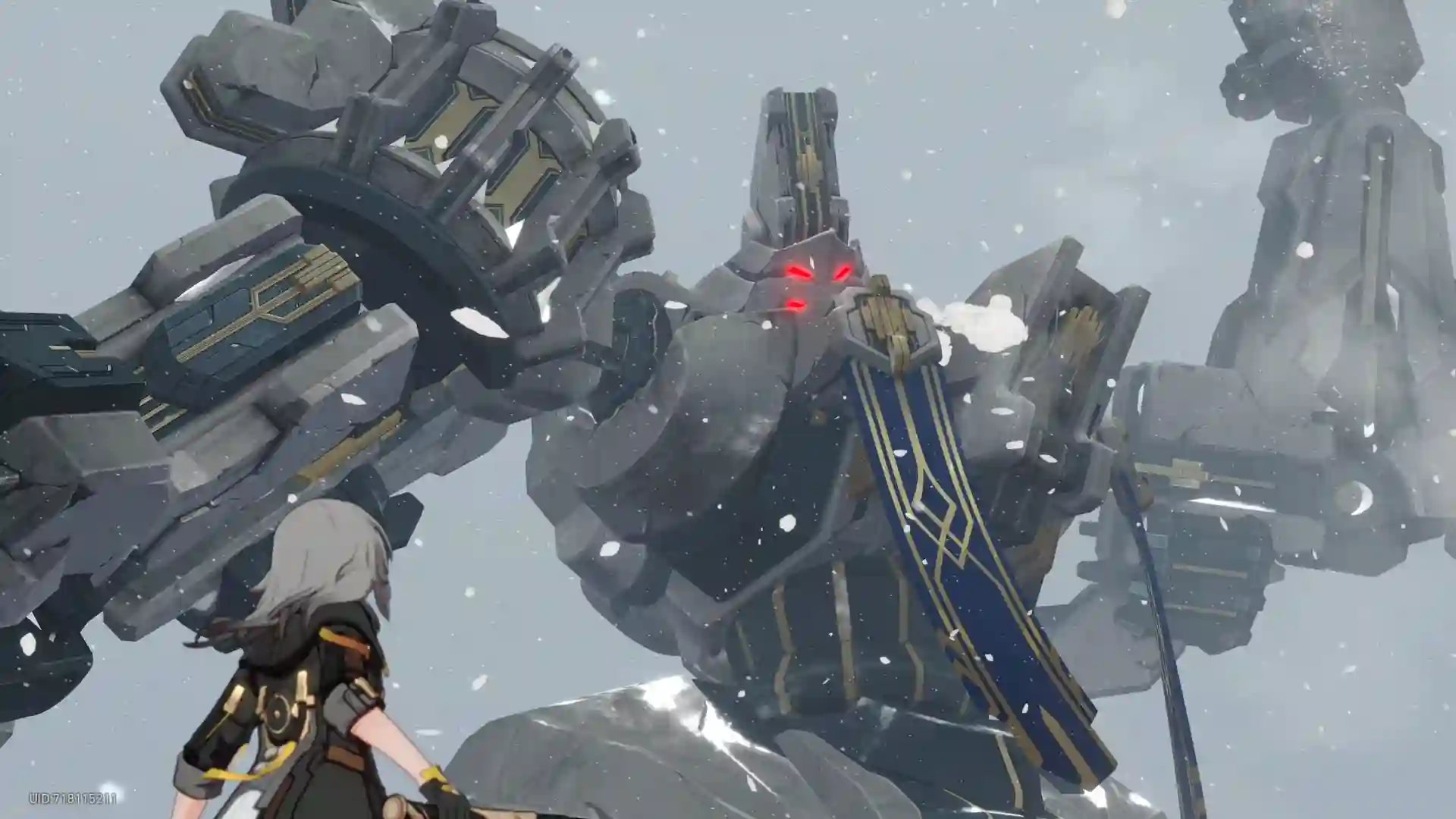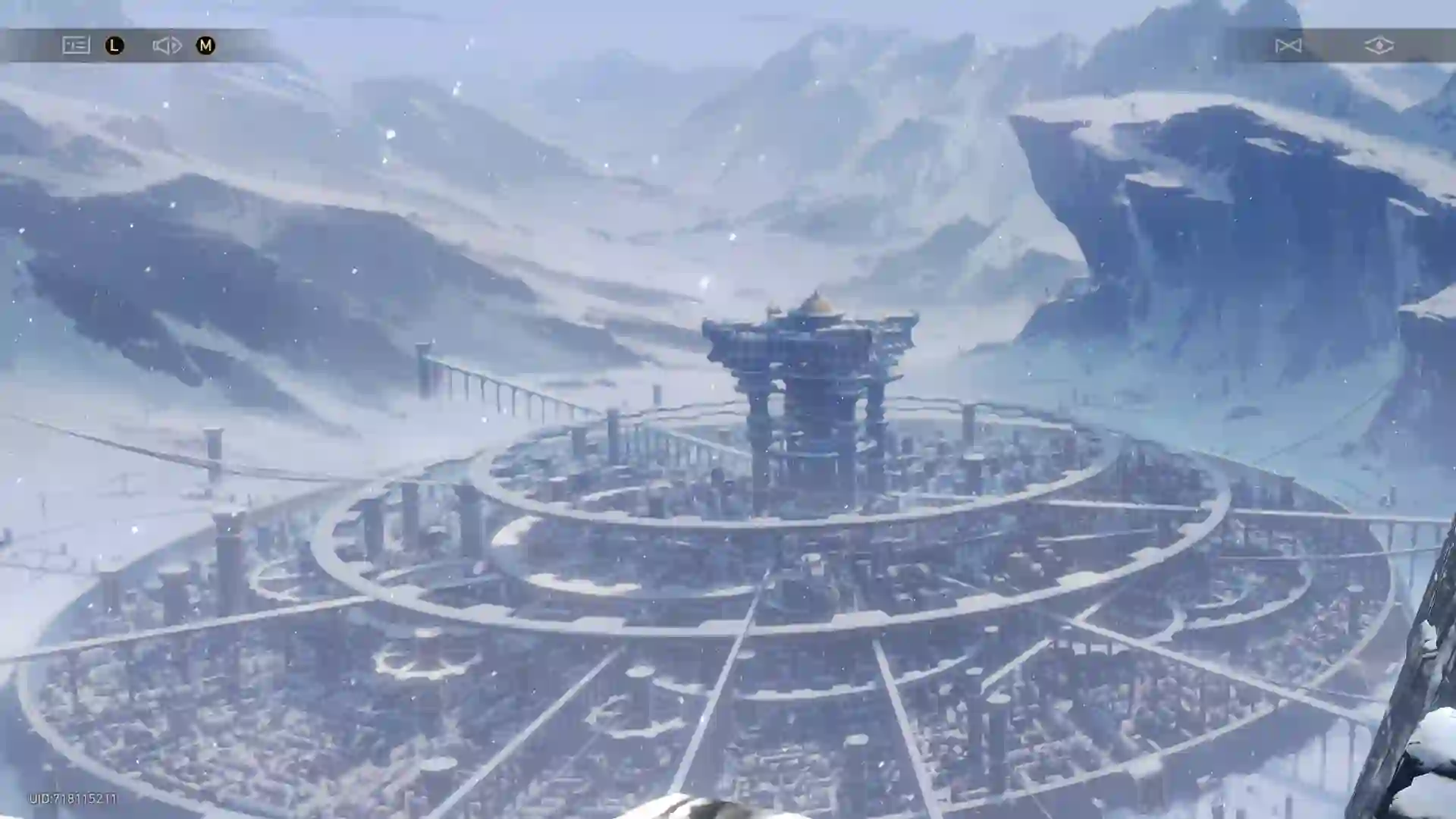Global Agenda : Intervista al Lead Animator
Global Agenda could be the ultimate MMO shooter of the year. After two beta events, the title release is near, so decided to talk with one of the Hi-Rez guys, Mr. Daniel Lilleberg, Lead Animator.
GS: Could you tell us about your typical working day ? How many people work with you?
It’s a pretty long day, but we are nearing release, so that is to be expected. I usually try to spend the earlier part of the day with any meetings, coordination, logistics. The rest of my day is hopefully on actual production. We only have 1 other full time animator on staff, and while he is a bad man, I remain extremely involved in the production animation, and within that usually spend as much time setting poses, motions, and systems as I do doing outright animation.
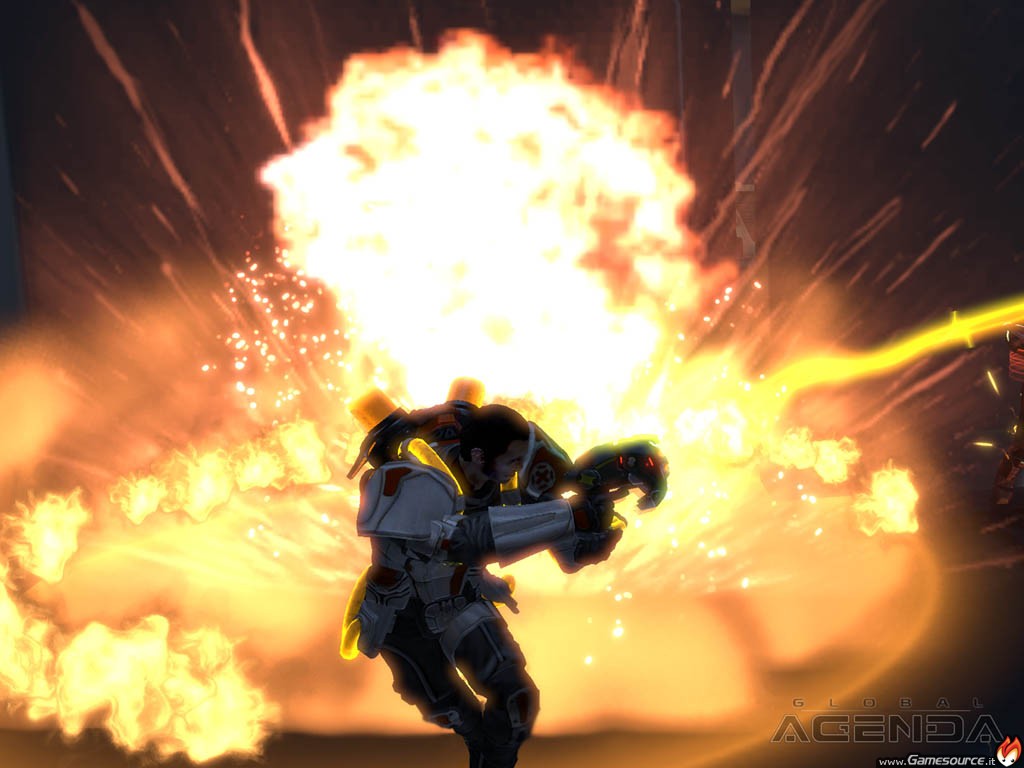
GS: What are the steps of your work, to transpose your ideas in programming code? What are the different stages to do it?
All the code and animation structure is handled by our Tech Art Lead Mick Larkins, who is great at what he does and is good fun to collaborate with. We work closely on the animation systems structure and design, but at the end of the day, he does the code and tree work, and I do the animation.
GS: What are the main tools that you use at work ?
Primarily 3DS Max, but also Motion Builder and the Vicon motion capture system.
GS: Is it possible to create human animations without motion capture? What kind of approach do you prefer?
Hi-Rez is actually my first experience with motion capture, so until then all human motions I have created were animated by hand. Both techniques have their places. Motion capture is great for scripted scenes, base motions, and emotes. Other elements, such as melee strikes are handled by hand animation to better control the formatting of the animations to the system and the design requirements. Stuff like jet-packing are also very hard to motion capture, and are best executed by hand. As a result, I would say fully less then half the animations in Global Agenda are motion captured.
GS: What about the mobs or non-human species or robots ? What are the main problems to give motions to them?
There can be lots of technical problems with robots and NPCs, but we have a process where we test and build tech on representative placeholder meshes and animations. This allow us make sure a design is sound before we commit modeling and animation time. It also allows us to evaluate the aesthetics before we fully commit it to the art pipeline. Once we get through that, the actual animation of robots and such is usually pretty fun and a good change of pace.
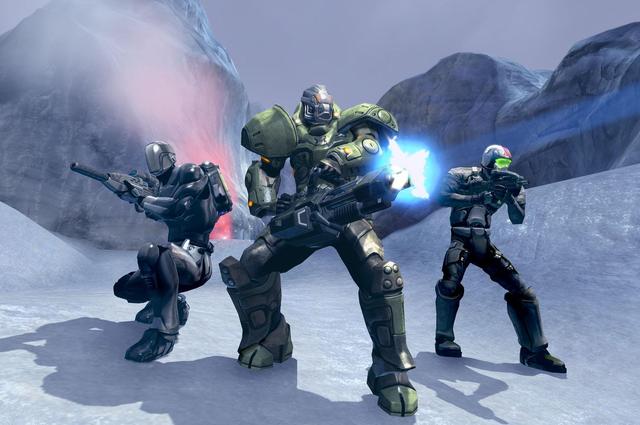
GS: How did you differentiate the various classes (always about movements and animations) ? And why?
We differentiate classes in animation to give gameplay cues and make the classes feel unique for the player. First is to make the silhouette distinct, make them identifiable quickly by the posture so player can quickly evaluate foes. Then, wherever possible, we make them move different. Flying, mantling, running…anywhere we can within the time and system requirements. Fortunately, we have a very flexible system for variation, so that allows us to push variation as much as we can.
GS: Interactions between art and animations. Could you give us your point of view ?
Animation is an art, but I have found that the more animations interact with modelers and concept artist, the better both our art looks. We have found our “quick rig” cooperative process of adding characters to help us get to this end, and it has helped build good processes with the other artist at Hi-Rez.
Thx to Daniel for the interview.
,
Global Agenda si avvicina rapidamente alla release e sta macinando beta event a grandi passi. Il gioco promette ottime cose per gli amanti degli shooter multiplayer e noi abbiamo avvicinato il lead animator, Daniel Lilleberg, per il punto della situazione sulle animazioni dei personaggi.
GS: Ci puoi parlare della tua tipica giornata di lavoro? Quante persone lavorano con te?
E’ una lunga giornata di lavoro, ma siamo vicini alla release, quindi c’era da aspettarselo. In genere cerco di dedicare la prima parte della giornata agli appuntamenti, logistica, coordinamenti. Il resto lo dedico all’attuale produzione. Abbiamo solo un altro animatore a tempo pieno nello staff e, anche se lavora sodo, io cerco di rimanere estremamente coinvolto nella produzione delle animazioni, ed all’interno di questo tempo, mi dedico a settare pose, movimenti e sistemi che mi permettono di gestire animazioni istantanee.

GS: Quali sono le fasi che portano le animazioni a trasformarsi in codice di programmazione ?
Tutto il codice e la struttura delle animazioni è gestita da Mick Larkins, il nostro tech lead artist, che è bravissimo ed è molto divertente lavorare con lui. Collaboriamo a stretto contatto sia per il design che per la struttura dei sistemi, ma alla fine della giornata è lui che si è occupato di programmazione ed io di animazioni.
GS: Quali sono gli strumenti principali che usi nel tuo lavoro ?
Soprattutto 3DS Max, ma anche Motion Builder e Vicon motion capture system.
GS: E’ possibile creare animazioni umane senza motion capture ? Quale tipo di approccio preferisci?
Hi-Rez è la mia prima esperienza con il motion capture, quindi tutte le animazioni che ho creato in precedenza erano state fatte a mano. Entrambe le tecniche hanno la loro applicazione. Il motion capture è ottimo per scene con uno script definito, animazioni base e emote. Gli altri elementi, come un attacco melee, sono gestiti manualmente per meglio controllare la formattazione del movimento in accordo con il resto dei sistemi e per raggiungere i requisiti di design. Cose come il volo con il jet-pack sono molto difficili da rendere con il motion capture, e quindi è preferibile farle a mano. Posso affermare tranquillamente che meno della metà delle animazioni di GA è creata con il motion capture.
GS: Che cosa ci puoi dire invece per quanto riguarda i soggetti non umani o i robot ? Che cosa bisogna tenere a mente per animarli ?
Ci sono un sacco di problemi tecnici con i robot e gli NPC, ma noi abbiamo messo a punto un processo nel quale testiamo e costruiamo tecniche dedicate a texture ed animazioni per simboli rappresentativi di quello che dobbiamo effettivamente creare. In questo modo possiamo sapere in anticipo come sarà un design prima d’iniziare a modellare o animare. Ci consente inoltre di valutare l’estetica prima di far partire totalmente il processo artistico. Dopo aver fatto questo, l’intero processo dell’animazione non umana diventa molto divertente e procede ad un buon ritmo.

GS: Come avete differenziato le varie classi e perchè, ovviamente dal punto di vista delle animazioni ?
Abbiamo differenziato le animazioni delle varie classi per dare al gameplay varietà e spunti e renderle uniche al feeling del giocatore. Inizialmente abbiamo distinto la sagoma delle classi una dall’altra, facendole diventare facilmente riconoscibili dalla postura, in modo che i player possano valutare il nemico rapidamente. Dov’era possibile abbiamo distinto anche i movimenti, di corsa, di volo e in tutte le situazioni in cui siamo riusciti ad intervenire, in accordo con i requisiti hardware richiesti ed il tempo a disposizione. Fortunatamente abbiamo un sistema molto flessibile alle variazioni, così abbiamo potuto sperimentarne parecchie.
GS: Ci puoi dare la tua opinione a proposito dell’interazione fra animazione e arte ?
L’animazione è un arte, ma ho realizzato che più è profonda l’interazione fra animazioni, gli artisti modellatori e di concept e meglio entrambe le sezioni risultano da un punto di vista artistico. Abbiamo ormai sperimentato a fondo il nostro processo di cooperazione rapido, una sorta di equipaggiamento al volo, dove aggiungiamo personaggi al volo cercando di ottenere il miglior risultato possibile, e questo ci ha aiutato ad avere ottime interazioni con tutti gli artisti di Hi-Rez.
Ringraziamo Daniel per l’intervista.
